There was a time when watching television was a shared experience—part routine, part ritual. We didn’t have endless choices or streaming queues; we had patience, planning, and maybe a little aluminum foil. For those of us who grew up in the golden age of analog, TV wasn’t just something you turned on—it was something you worked for. Kids today may never know the thrill of catching a show right as it started or the heartbreak of missing it entirely, but for us, those were the moments that shaped our screen time.
1. The Antenna Dance
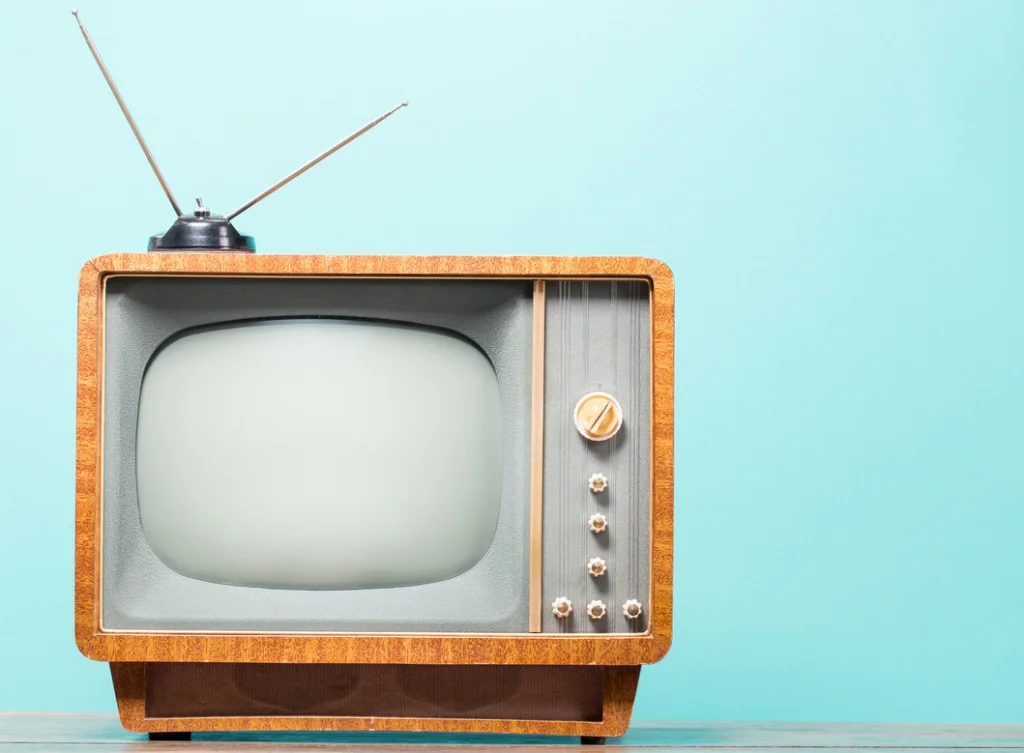
Before cable, we all became amateur contortionists trying to get a clear picture using rabbit ears. Sometimes it took just the right twist of aluminum foil, or maybe balancing one leg on the coffee table while holding the antenna just so. And when you finally got a clear picture? You didn’t move a muscle. Tablo TV further explores the TV antenna and compares the styles between then and now, putting further into perspective just how far we’ve come.
TV reception was more art than science, and every house had “the spot” where the antenna worked best. Some folks swore by coat hangers, others used wadded-up foil like it was precious metal. Getting a decent signal felt like winning a prize—and everyone in the room celebrated when it worked.
2. Saturday Morning Cartoons Were Sacred
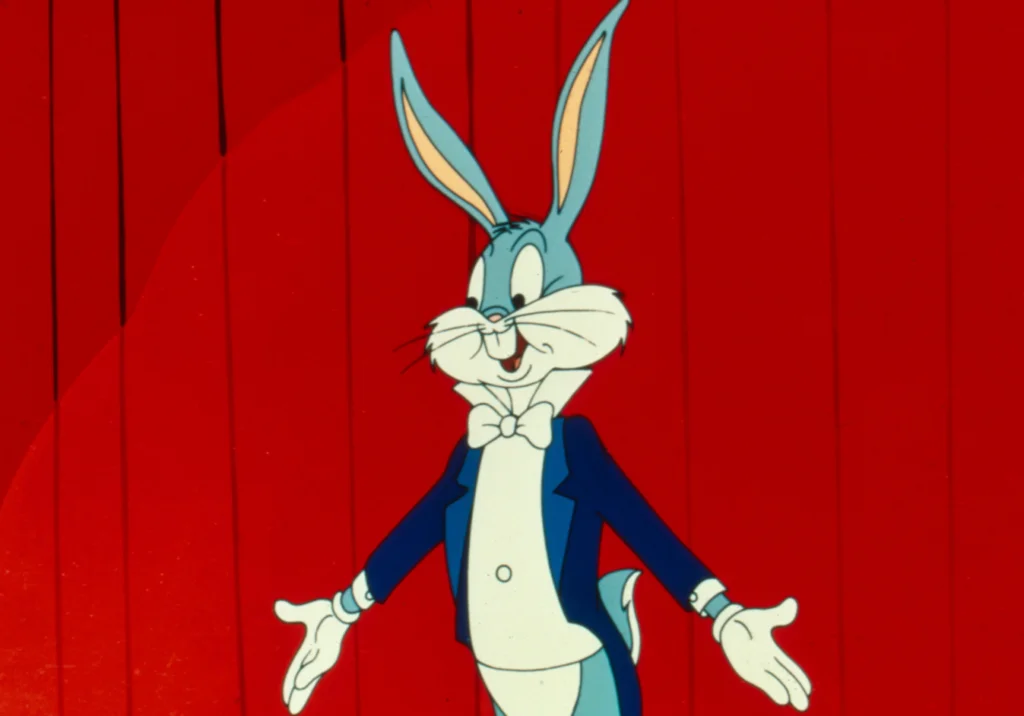
Saturday mornings weren’t for sleeping in—they were for cereal and cartoons, plain and simple. That was the one block of time when every kid had control of the television. We’d plop down with a bowl of something sugary and get lost in a world of Scooby-Doo, The Jetsons, and Looney Tunes. While there still are cartoons aplenty, Animator Mentor explores just what happened to this time-treasured trend and how it changed beyond recognition over the years.
If you missed your favorite show, that was it—you couldn’t just watch it later. There was no pause, no rewind, and definitely no streaming. You learned to plan your morning like a general preparing for battle.
3. Waiting All Week for Your Show
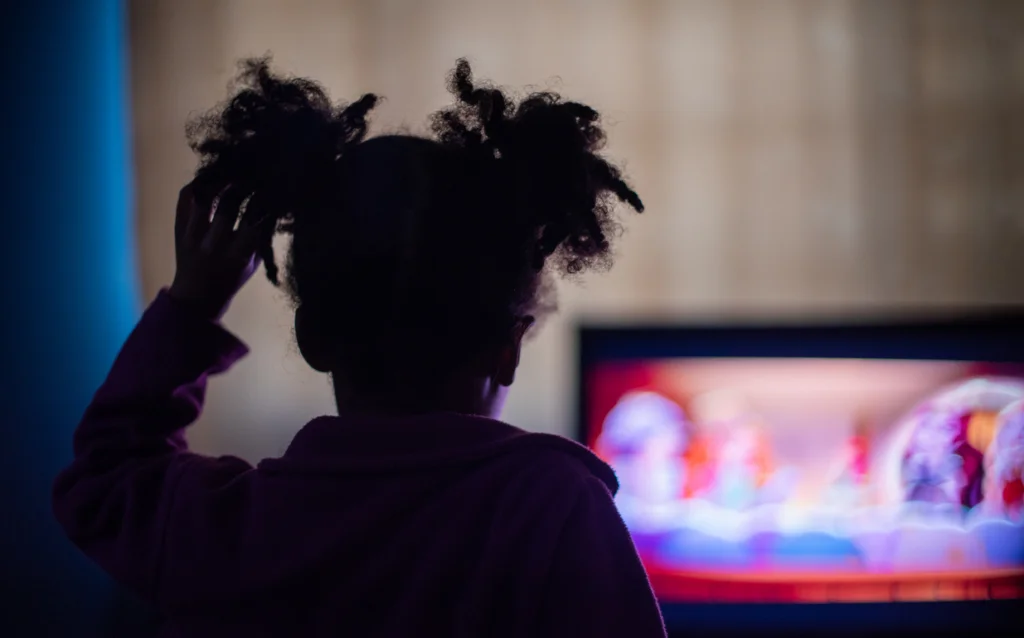
TV used to be a test of patience. You’d wait all week for a new episode of your favorite show, and it was a big deal when it finally aired. Family schedules revolved around that time slot—dinner wrapped up early, homework got done fast, and the phone went off the hook. It’s About TV further contrasts the different resources we had available to schedule when our favorites would be on.
There was something special about that buildup of anticipation. It made the experience feel earned, like a reward at the end of the week. Today’s “watch it all at once” model just doesn’t have the same magic.
4. Missing It Meant Missing It
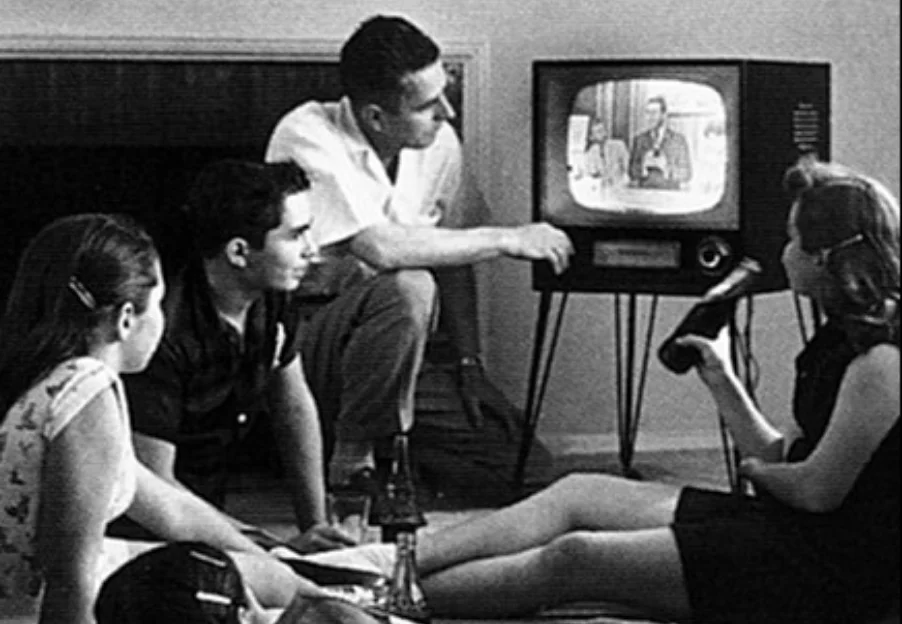
If you weren’t in front of the TV when your show started, you missed it—simple as that. There were no second chances, no “watch later” buttons. And if you happened to blink during a key moment? Too bad, that scene was gone forever.
People actually rushed home to catch a show, and you’d hear folks say things like “Hurry, it’s almost on!” That urgency gave television a kind of weight it doesn’t have anymore. Every minute mattered.
5. TV Guides Were Essential
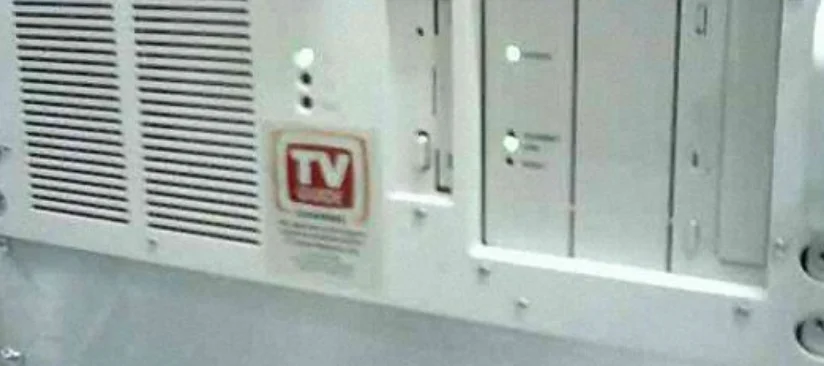
The TV Guide was the holy grail of weekly planning. You’d flip through it, highlighter in hand, circling shows like you were planning a vacation. It was our roadmap to what was worth watching.
And if you lost it? Good luck. You’d end up stuck watching reruns or something you had no interest in, all because you didn’t know what was on. The TV Guide wasn’t just helpful—it was survival.
6. You Had to Get Up to Change the Channel
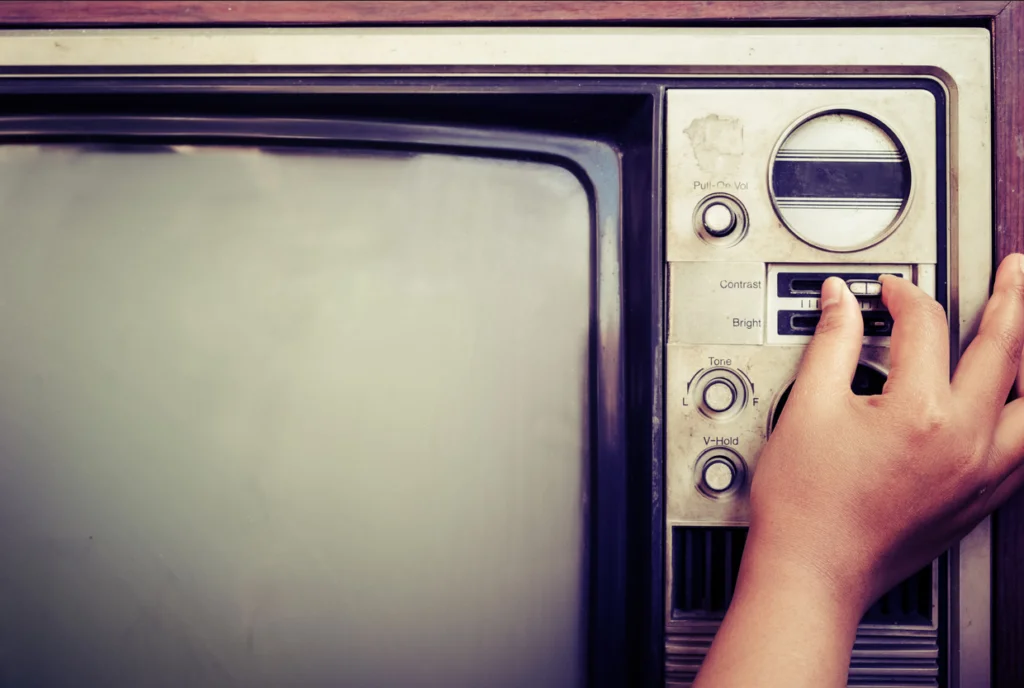
Remote controls weren’t always a thing. For a while, we were the remote—getting up, walking to the set, and turning the dial with a satisfying “clunk.” And with only a few channels to choose from, that dial didn’t turn much.
You usually picked one of three or four networks, and that was your night. If you were the youngest in the family, chances are you were the one changing the channel for everyone else. It was a rite of passage.
7. Limited Channels, But So Much Heart

We didn’t have hundreds of channels, but the few we had were packed with personality. ABC, CBS, NBC—and maybe PBS if your antenna cooperated—were all we needed. You really knew the lineups, and there was comfort in the routine.
Everyone watched the same shows, so you could talk about them at school or around the water cooler. There was a real sense of community, like we were all tuned into the same story. It made TV feel bigger than just entertainment.
8. Sign-Offs at Midnight
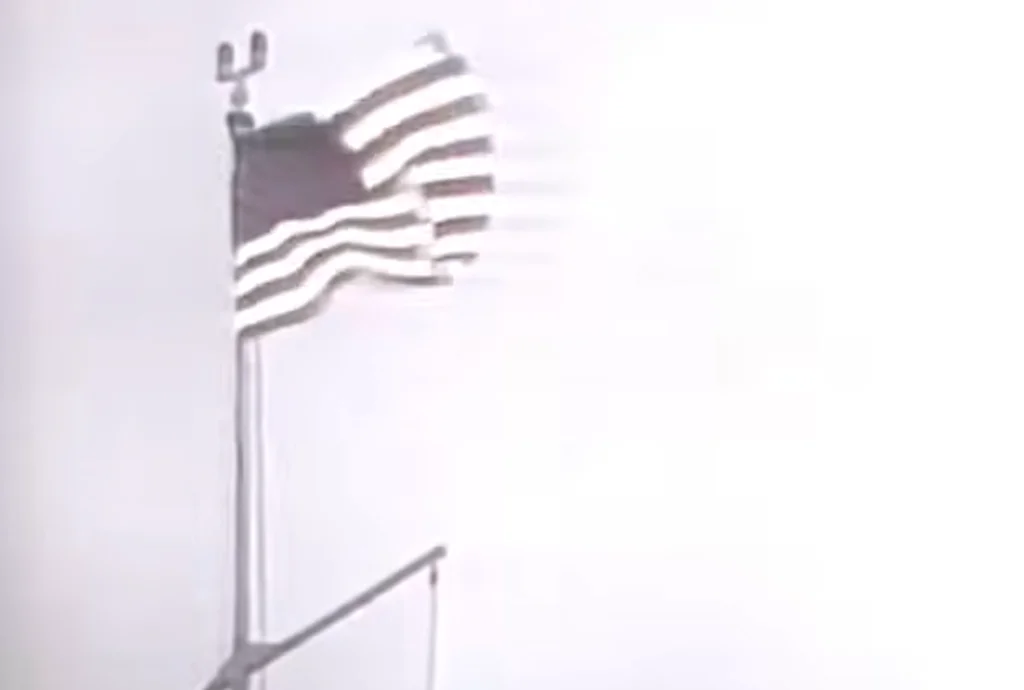
There was a time when TV ended for the night. After midnight, you’d hear the national anthem and see the American flag waving, followed by a test pattern or a snow-filled screen. That was your cue to head to bed.
No infomercials, no late-night reruns—just silence. It was oddly comforting, like the world was winding down with you. The TV resting felt like we all got to rest, too.
9. Watching the Same Commercials Over and Over
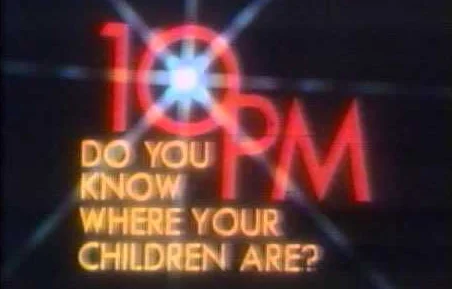
With no way to skip them, commercials became part of the experience. You’d see the same jingles day after day until they were burned into your brain. Some were catchy, some were cheesy, but all of them were unforgettable.
We even liked some of those commercials and would sing along or quote them at school. It was all part of the shared experience. These days, kids skip every ad, but back then, they were woven into the shows we loved.
10. Big Events Meant Full Living Rooms
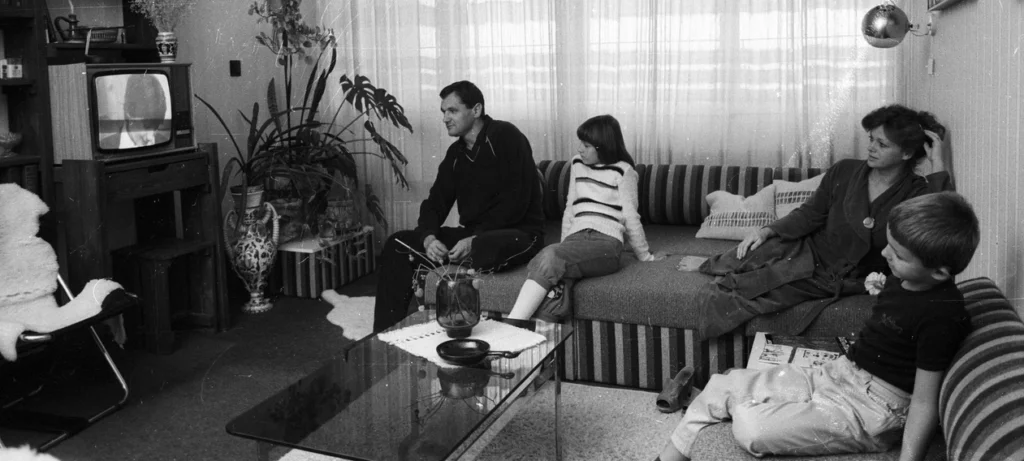
When something huge was on—like the moon landing, the Super Bowl, or a new Elvis special—everyone gathered around one screen. Families, friends, sometimes even neighbors would all pile into the living room. You didn’t watch alone—you experienced it together.
And because it was live, you felt like you were part of history. No replays, no spoilers—just everyone holding their breath at the same moment. There’s something powerful about a whole room gasping at once.
11. VCRs Changed Everything—Eventually
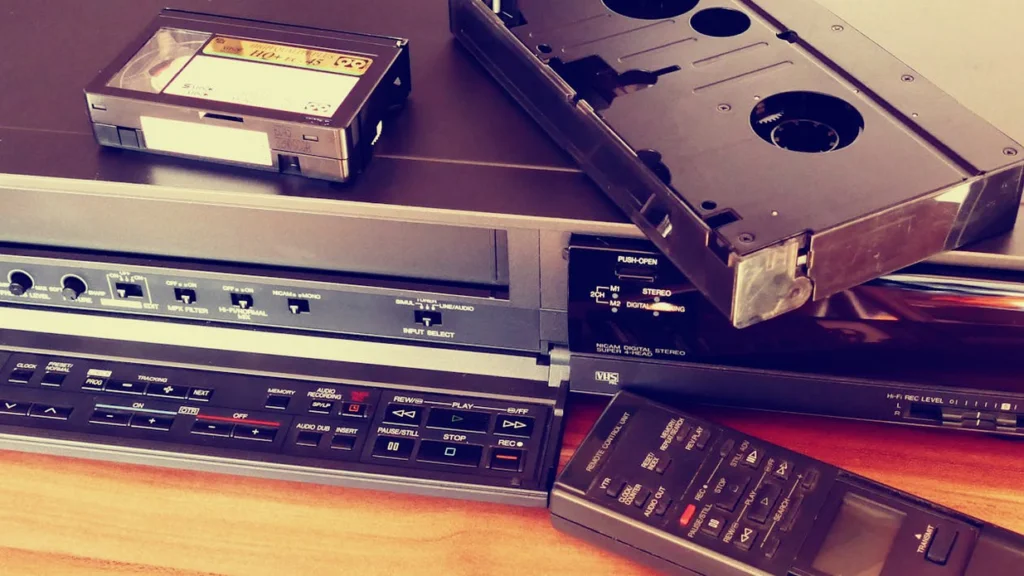
When VCRs came along, it was revolutionary—but not simple. Programming one was like cracking a safe, and heaven help you if you didn’t set the timer correctly. But once you figured it out, you had the power to tape your favorite shows.
You could pause, rewind, even fast-forward—though finding the right spot was a guessing game. Recording something felt like cheating time itself. It was freedom, but still came with a learning curve.
12. Watching Through Static Just to See Something
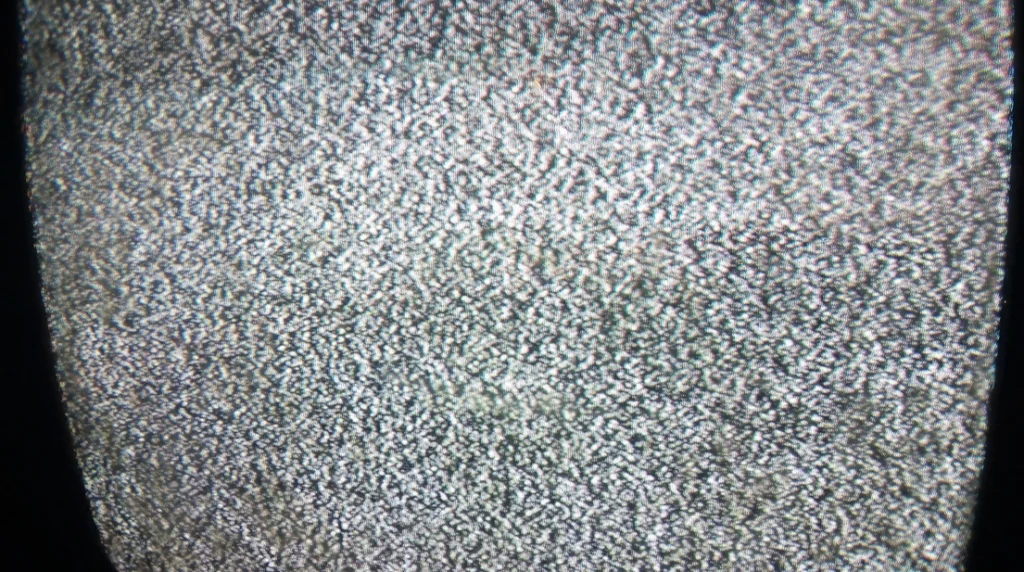
Sometimes the picture wasn’t clear, but you watched anyway. A little snow, a lot of ghosting—it didn’t matter if it was your favorite show. We became masters at deciphering shapes and sounds through fuzz.
You’d hear a voice or a theme song, and your brain filled in the gaps. It was like decoding a secret message. We didn’t need perfection—just enough to feel like we were part of it.
13. TV Was a Piece of Furniture
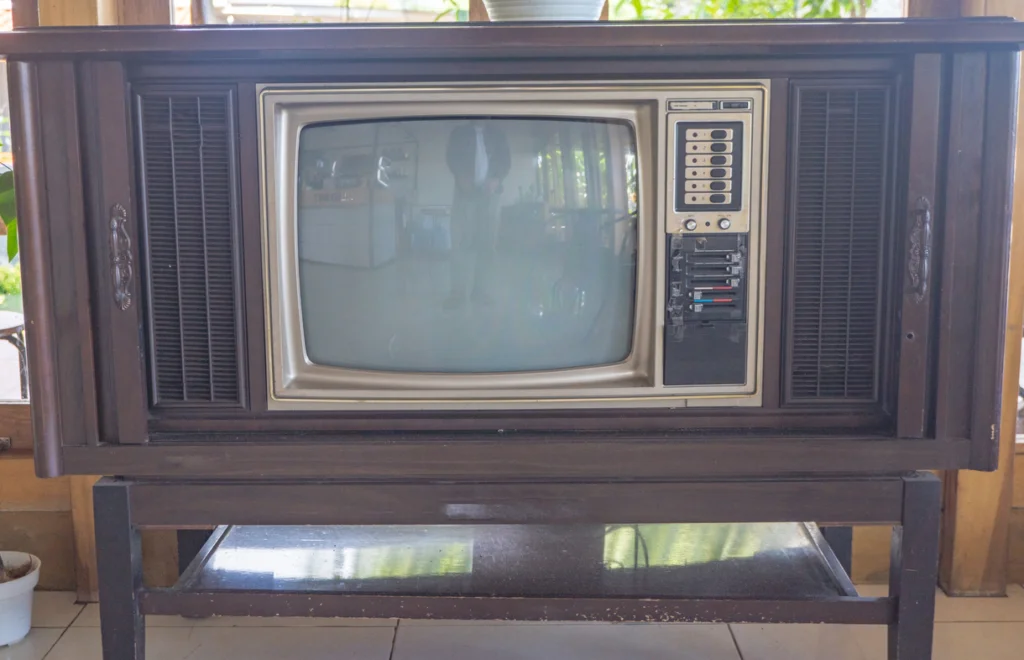
Those big wooden console TVs were heavy—and they weren’t going anywhere. They were practically part of the living room set, often topped with photos, vases, or even lace doilies. The TV wasn’t just a screen; it was a household monument.
We didn’t swap them out every few years. They lasted, and when they finally gave out, they became a stand for the new TV. It’s wild to think of screens as disposable today when ours once had legs and a soul.
Watching TV used to be a shared adventure—one full of quirks, rituals, and little victories. From fiddling with antennas to memorizing TV Guide listings, every part of it felt personal and special. These days, we have everything at our fingertips, but something got lost in the convenience. And for those of us who remember the way it used to be, it’s a sweet reminder that sometimes, less really was more.


